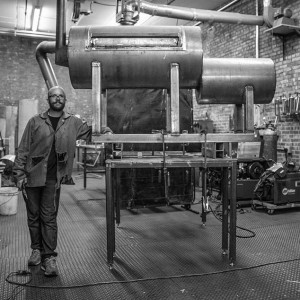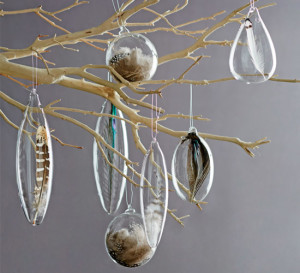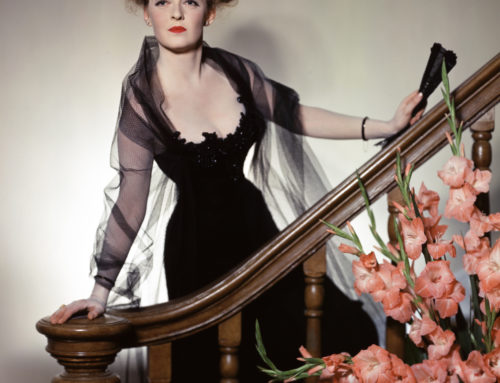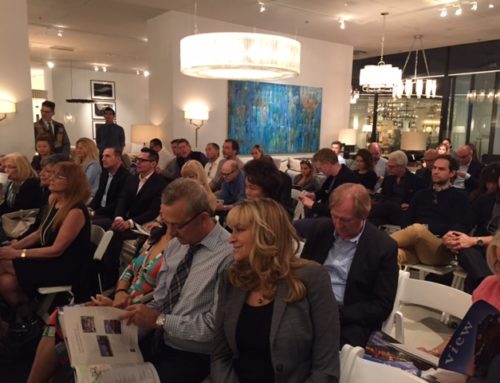Can America’s Biggest Demographic Learn from Baby Boomers?
Millennials fascinate, intrigue and befuddle us. In the U.S., we’ve tended to cater to their every whim. They are the coveted group in the corporate worlds of Hollywood, social media, technology, you name it – and design. Even luxury design.
But from my standpoint as a Baby Boomer college design history professor, I feel it’s my job to get my Millennial students to change some of their ways – indeed to embrace (gasp!) some of their parents’ habits. (More on this later.)
It’s no surprise that Millennials – those born roughly between 1980 and 2000 – are a target of major marketing studies in so many industries. There are some 80 million Millennials in the American workforce – more than Gen X’ers and baby boomers. It’s estimated they will spend $1.4 trillion and will inherit $30 billion by 2020.

In an encouraging sign, an increasing number of online design studios are opening retail outlets, including this boutique Elder Statesman showroom in West Hollywood
And so, not surprisingly, these young people have attracted the attention of luxury design enterprises, which have traditionally focused on older buyers because they have been the ones with money.
The recent “Diem Talks Design,” sponsored by the West Hollywood Design District, included a panel discussion called “Taste in Flux: What is Luxury to the Country’s Biggest Demographic?”
Some of the panelists’ observations: Millennials want quality, hand-crafted products; they want to see the creative process; they want a connection with a brand; they want the story behind the product – they are purchasing a commodity but it feels personal to them; they want to buy from companies that have a strong social/philanthropic commitment; they hate being pushed into buying; their “BS meter” is strong.

Brooklyn-based Uhuru knows its Millennial clients want to know more about how furnishings and products are designed and hand crafted
They are demanding – they want the best price, best design and best (that is, fastest) shipping. And companies are bending over backwards to accommodate them.
How do Millennials judge whether designers are meeting their many demands? They do it online, mostly through social media.
“The whole design community is going to be upended by Millennials because of social media,” said panelist Christiane Lemieux, Creative Director of DwellStudio.
Indeed, the extent to which designers are catering to Millennials is sometimes astonishing. Aside from constant social media posts, designers are spending substantial sums to make videos that are not only creative and professionally produced but also feature celebrities (Burberry’s “The Festive Film,” for example, includes Elton John and other stars) or push all kinds of boundaries (Elder Statesman’s “Tomate” – a teddy bear love story).
Many young people are even designing and furnishing entire homes online through websites such as roomstyler. I call this approach to design – whether by a consumer or professional – “speed design.” Just as speed dating will most likely result in going out with someone you’re not compatible with, speed designers might very well end up with room furnishings that are not exactly what they had in mind.
And here is where I come into the picture. I tell my design students to get off the Internet and go into showrooms, museums and historic and architecturally significant homes.
There are limits to online resources. You get an idea of what a product looks like, but you need to use your other senses – for example, feeling a fabric or listening to the sound of a water element or even smelling fragrant wood products. You should travel, locally and afar (if you can afford it), to understand the cultural context of the design you see. You should observe how experts have organized furniture and decorative items in a showroom to give you an idea of spatial planning and visual compatibility of different pieces.
And heaven knows it’s important to sit on a couch or chair to test its comfort!
I’ve organized student field trips to show my students the importance of getting out of the virtual world and into the real world. Invariably, they tell me afterwards how much they enjoyed the visits to the showrooms, museums and historic homes. It’s also encouraging to see online design companies, such as Uhuru and Elder Statesman open brick-and-mortar stores.
There is much to be excited about when it comes to Millennials. Technologically, they are on the cutting edge. They are a source of endless new ideas. They are smart consumers and are passionate about social and philanthropic causes. And I would love, just love, if sometimes they could just “be” in the moment.











